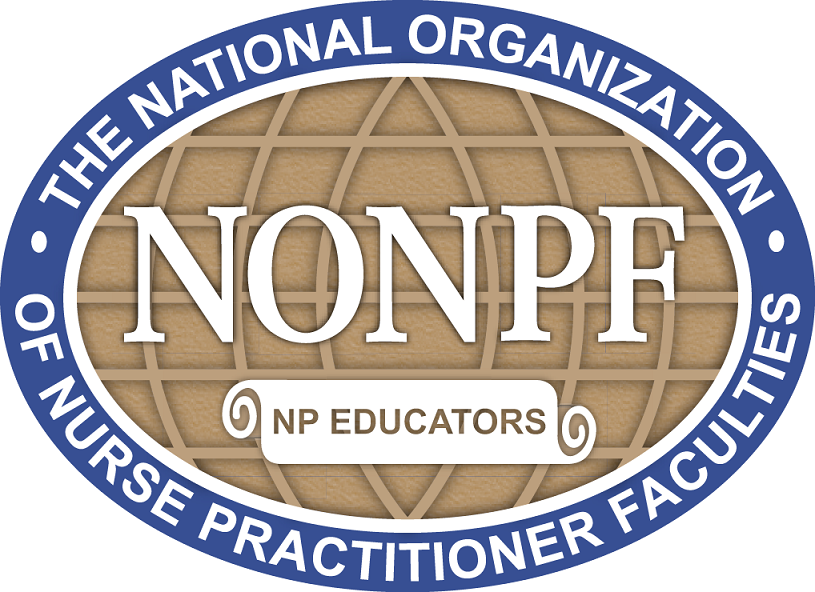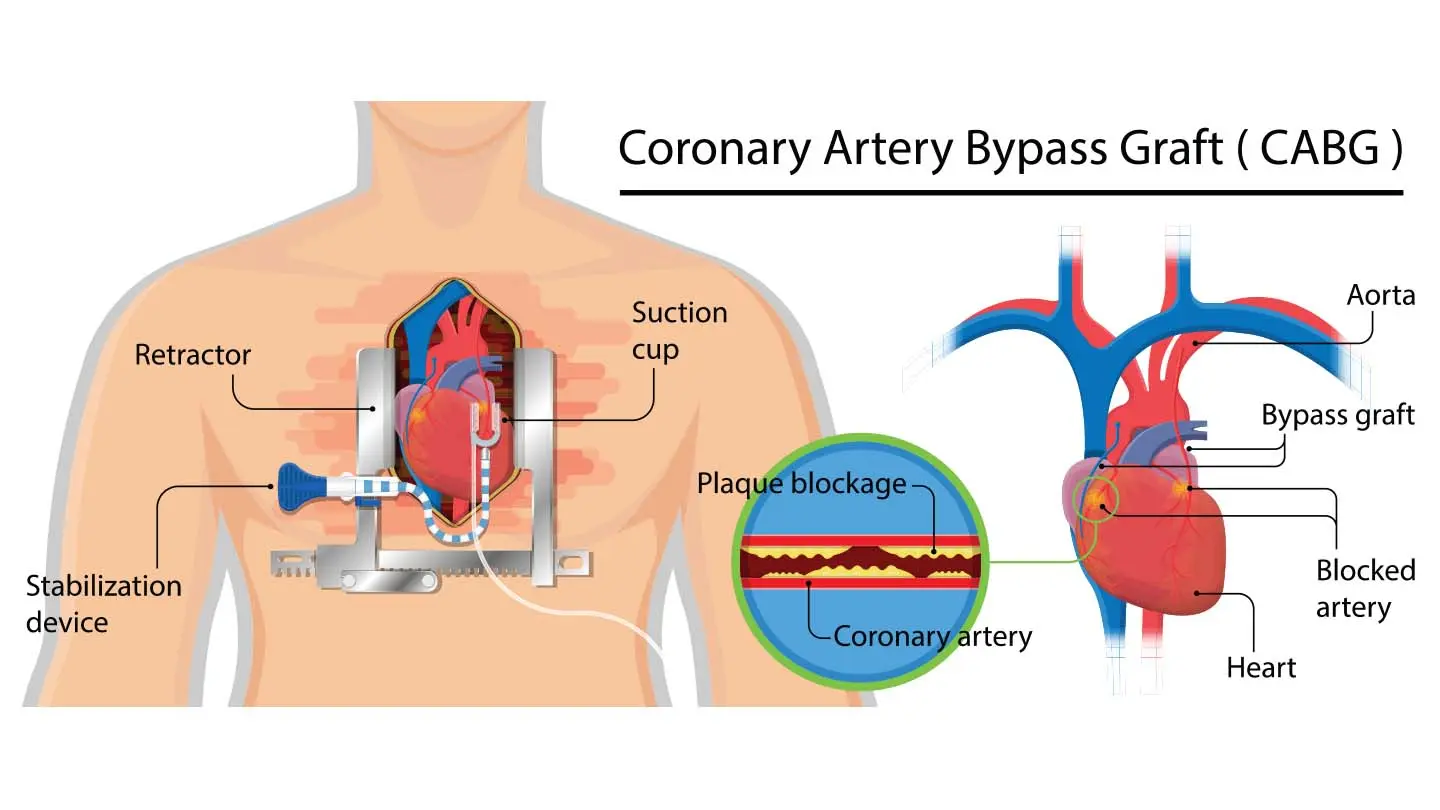Leading Health Promotion for Populations
The Doctor of Nurse Practice (DNP) priority is health promotion by providing education and awareness on those health behaviors to enhance longevity. Population health focuses on promoting health outcomes. The DNP role is crucial in promoting health activities by preventing diseases and disability on the local, regional, national, and global scale. Through assessment, implementation, the DNP evaluates outcomes of population health and intervention to promote the improvement of the health of those he or she serves. The discussion will focus on the future role of the DNP in leading and promoting the population (Chamberlain College of Nursing, 2019).
Identification of One Evidence-Based Strategy for Leading Efforts to Attain Optimal Health for Populations, on a Local, National, or Global Scale
Attaining optimal population health is the goal and top priority of the healthcare system and the Doctor of Nurse Practice (DNP). One evidence-based strategy of leading efforts to attain optimal health for populations on a local, national, and global scale is through prevention. Preventing disease is obtained through health education and immunizations (Chamberlain College of Nursing, 2019).

Studies show a population-based approach to health promotion that addresses social and structural factors, focusing on the communities, cities, state, national and global, enhances the population health. Addressing social and structural factors affecting population health is an integrated approach that aims for health promotion (Assefa et al., 2019; Chamberlain College of Nursing, 2019).
Health education involves providing awareness of disease conditions, health behaviors, and healthy lifestyles to promote health. Providing education at the local, national, and global scales enables the population to be aware of vital steps to enhance their health. Providing immunization and vaccination is primary prevention to improve population health by preventing or reducing the spread of diseases. Education is crucial across the healthcare system.
Health education provides an awareness of risk factors and healthcare information to promote optimal health to the vulnerable population such as the minority, children, pregnant women, low income, and the poor. Providing immunization reduces the risk of disease to improve health outcomes. The DNP collaborates with stakeholders and advocates in meeting the challenges of improving population health at the local, national, and global scale (Assefa et al., 2019; Chamberlain College of Nursing, 2019).
The DNP promotes population health in the communities he or she serves to prevent diseases and improve population health through health promotion. The DNP analyzes epidemiological, statistical data in the environment as relating to population health. The DNP uses the information, including the consideration of cultural diversity, to design services for prevention and implementation of measurement intervention.
The DNP evaluates the interventions in addressing health promotion and prevention of disease effort to improve health and promote access to healthcare services and resources. The DNP uses healthcare information to evaluate gaps in access to healthcare to enhance population health outcomes. The DNP assessed strategies used in healthcare delivery in preventing diseases as relating to the community, cultural and socioeconomic dimensions of health (Assefa et al., 2019; Chamberlain College of Nursing, 2019).
(Leading Health Promotion for Populations)
Description of One Evidence-Based Strategy for Leading Population Healthcare Reform Efforts Within and Across Healthcare Systems
Improving population health outcomes involves action. The DNP is shaping the future of healthcare (Chamberlain College of Nursing, 2019). One evidence-based strategy for leading population health across healthcare systems is increasing healthcare practices supported by research.
The evidence-based strategy involves using data and information systems in making healthcare decisions based on peer review and evidence in planning healthcare interventions, evaluation, and outcome measurement. Evidence-based practice (EBP) has demonstrated effectiveness and potential to improve health outcomes if adopted widely (Assefa et al., 2019; Chamberlain College of Nursing, 2019).
The DNP must lead and advocate for patients’ health. The DNP must collaborate with leaders, stakeholders, and policymakers to promote EBP implementation. Factors that support the implementation and sustainability of EBP are healthcare organizations, groups, and leaders. The DNP has a crucial role to play across healthcare systems in developing a strategic environment for EBP implementation across healthcare organizations and the context of healthcare systems.
Aligning stakeholders and leaderships to supports EBP implementation and sustainability enhances population health. Building a population health strategy includes focusing on how healthcare organizations effectively collaborate, communicate, and promote population health. An evidence-based approach for leading population healthcare reform across healthcare systems has direct and indirect benefits. There is access to numerous information on best practices, prevention programs, policies, and work productivity for safe, effective, and efficient healthcare (Assefa et al., 2019; Chamberlain College of Nursing, 2019).
The DNP uses effective communication and collaborative skills to design and implement EBP, peer review, practice guidelines, health policy, and standard of care to enhance practices to promote population health. The DNP leads the interprofessional teams in assessing practice and organizational problems preventing implementation and sustainability of EBP. The DNP uses leadership skills in collaboration with interprofessional groups to create change across and within healthcare and the healthcare delivery system for population health outcomes (Assefa et al., 2019; Chamberlain College of Nursing, 2019).
The DNP is in the position to advocate for patients and their health to improve health outcomes. The ability of the DNP to bring her perspective in improving population health is crucial to enhancing population health across healthcare settings. Healthcare complexity with increasing practices, policies, and information systems has prompted the role of the DNP scholar as a health advocate for all populations across settings (Chamberlain College of Nursing, 2019).
Description of A Program Designed to Improve the Health of Populations. How To Advance the Outcomes of this Program
One Program Design to Improve Population Health
Improving population health is crucial to promoting the health of the population. One program designed to improve the health of the population is behavioral health programs. The DNP developed behavioral health programs to target population health on the community, state, national, and global scale.
The approach involves prevention of mental disorders, specifically major depressive disorders, early identification through screening, early diagnosis, and adequate treatment through the combination of medication management and cognitive behavior therapy to reduce disability, morbidity, and mortality rate due to suicide (Gutierrez-Galve et al., 2019; Yamamoto, 2018).
The incidence of depression increases after puberty and is twice as high in girls and women. Family history and exposure to psychosocial stress are contributory factors. Study shows depression is due to genetics, stressors, emotional problems, complicated situations, and circumstances experienced by the individual. Depression rates increase with age from 5.7 percent in youth aged 12 to 17 years to 7.4 percent among adults aged 18 to 39 years in the United States population.
Early detection and treatment of depression have helped save population health. Population-based healthcare focused on the system established to improve the population’s health outcomes and the fair distribution of the results within the population (Gutierrez-Galve et al., 2019; Yamamoto, 2018).
Advancing the Outcomes of The Program
One will advance in the outcome of a behavioral health program. The study shows an integrated approach to screening for behavioral health, specifically the risk of depression; combined with timely access with community resources, brief intervention, and services targeting high-risk populations for depression, enhance mental health promotion.
There has been increasing concern of depression for the health of the people. Adequate screening, diagnosis, intervention, and proper treatment are crucial in promoting mental health (Price et al., 2017). One currently practices in mental health outpatient rendering services for health promotion, prevention, screening, diagnosing, and providing intervention to reduce disability.
Integrated screening and early intervention enhance early diagnosis and treatment to reduce disability, morbidity, and mortality rate. In my practice, one uses combination treatment of medication management and cognitive-behavioral therapy in all patients referred for depression after thorough evaluation and identification.
The practice problem with treating depression is non-adherence. Careful education promotes treatment adherence. It is crucial to carry out behavioral health screening at the first point of contact of patients in community systems. Study shows screening for behavioral health risk in the community is beneficial. The early assessment facilitates prompt delivery of mental healthcare. Implementing EBP serves in addressing population health and reduces the gap in access to treatment (Assefa et al., 2019; Price et al., 2017).
In conclusion, healthcare is continuously changing. The demand for healthcare and population health requires a high level of scientific knowledge and practice to enhance patient health outcomes. Population health includes promoting safe, effective, client-centered, timely, efficient, and equitable healthcare, emphasizing EBP, quality improvement, and informatics. The DNP can execute the care through collaboration with stakeholders and interdisciplinary teams (Chamberlain College of Nursing, 2019).
(Leading Health Promotion for Populations)
References
Assefa, M.T., Ford II, J.H., Osborne, E., McIlvaine, A., King, A., Campbell, K., Jo, B., & McGovern, M.P. (2019). Implementing integrated services in routine behavioral health care: Primary outcomes from a cluster randomized controlled trial. BMC Health Services Research, 19(1), 1-13. https://doi.org/10.1186/s12913-019-4624-x
Chamberlain College of Nursing. (2019). NR-704 Week Eight: Leading health promotion for populations. [Online lesson]. Downers Grove, IL: Adtalem.
Gutierrez-Galve, L., Stein, A., Hanington, L., Heron, J., Lewis, G., O’Farrelly, C., & Ramchandani, P.G. (2019). The association of maternal and paternal depression in the postnatal period with offspring depression at age 18 years. JAMA Psychiatry, 76(3), 290-296. https://doi.org/10.1001/jamapsychiatry.2018.3667
Price, S.K., Coles, D.C., & Wingold, T. (2017). Integrating behavioral health risk assessment into the centralized intake for maternal and child health services. Health & Social Work, 42(4), 231-238. https://doi.org/10.1093/hsw/hlx037
Yamamoto, M. (2018). Perceived neighborhood conditions and depression: Positive local news as a buffering factor. Health Communication, 33(2), 156-163. https://doi.org/10.1080/10410236.2016.1250192
Do you need a similar assignment done for you from scratch? Order now!
Use Discount Code "Newclient" for a 15% Discount!













